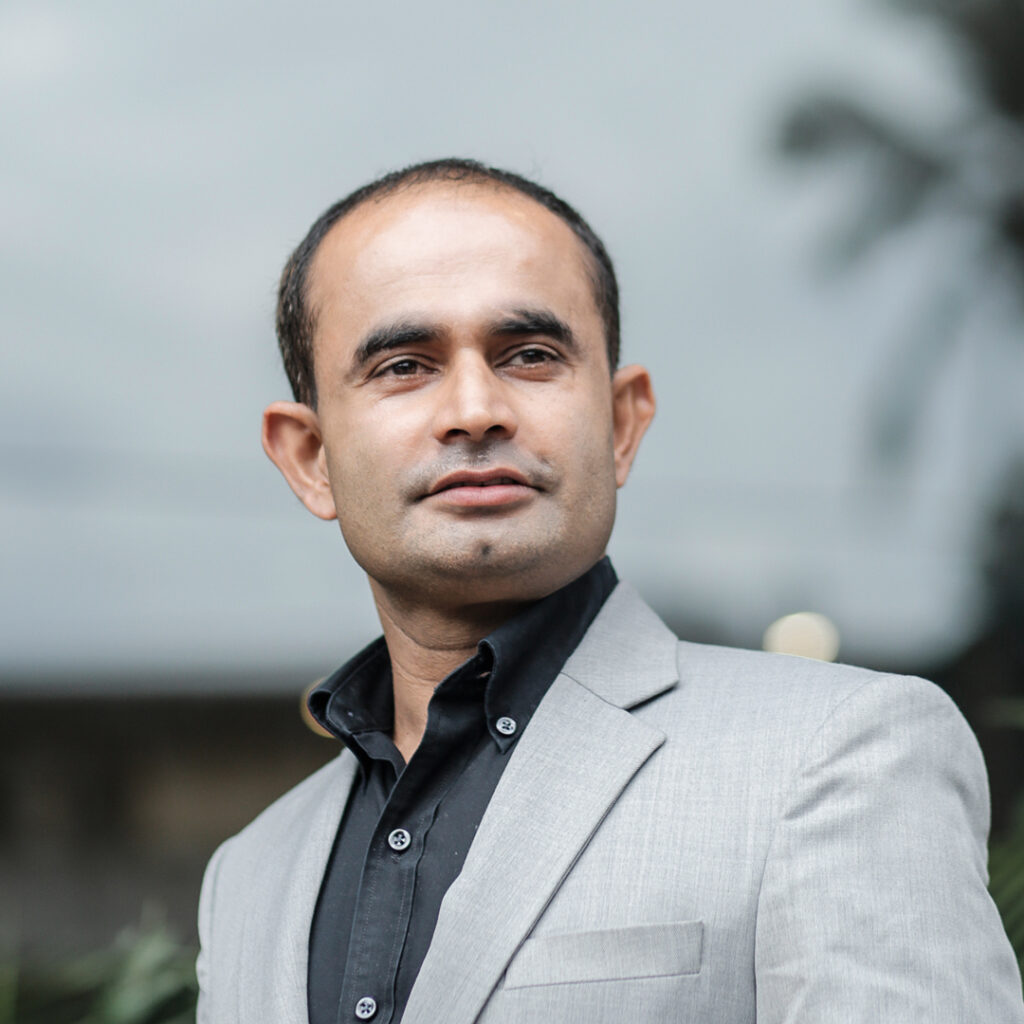Most entrepreneurs start with a big idea. Sabeer Nelli started with a small problem—then solved it so well, it scaled into a platform trusted by over a million users. That’s the essence of the builder’s mindset: don’t chase disruption for its own sake. Build what people need, and build it right.
As founder and CEO of Zil Money, Sabeer didn’t try to reinvent finance. He didn’t wrap the same tools in fancier packaging or rely on startup buzzwords. Instead, he looked at the messy, manual pain points small business owners faced—things like printing checks, sending payments, managing payroll—and set out to clean them up, one task at a time.
Today, Zil Money is a quiet giant in fintech. Not because it screams for attention, but because it delivers value where it matters most: simplicity, speed, and trust. All born from one man’s decision to build instead of chase.
Building Over Hyping
While many software founders spend their early days raising funds and polishing pitch decks, Sabeer took another route. He built. He tested. He refined. Zil Money wasn’t born in a flash—it grew out of the day-to-day frustrations Sabeer experienced while running Tyler Petroleum, his fuel retail business.
He was the customer before he became the creator. He knew the exhaustion of dealing with outdated banking portals, the confusion of managing multiple payment systems, and the stress of unpredictable fees.
So instead of talking about what fintech could be, he built what it should be—tools that worked cleanly, quietly, and quickly.
That’s the builder’s mindset: less theory, more toolbelt.
From Problem to Platform
Zil Money didn’t start with payroll, international transfers, or cloud banking. It started with a basic need: printing checks. But Sabeer didn’t just replicate what banks offered. He made it faster, easier, and smarter. And he didn’t stop there.
Users didn’t want to write checks—they wanted to solve payments. So ACH transfers, wire transfers, and check mailing followed. Then came invoice management, cross-bank account syncing, payroll by credit card, and more—all rolled into one platform.
Each new feature was a response to a real need. No guessing. No gambling. Just building.
Relatable Example: A Product That Grows With You
Take the story of Jasmine, who runs a virtual bookkeeping service. She found Zil Money while looking for a better way to help her clients handle checks. At first, that’s all she used it for. But as her business grew, so did her needs—and so did Zil Money.
Soon she was using ACH transfers, recurring payments, and expense categorization tools—all in the same dashboard. She didn’t have to switch platforms or retrain her team. Zil Money simply grew with her.
That kind of product evolution only happens when you start with the user’s world—not an investor’s wishlist.
Why Building for Specific Problems Wins
Many startups fail because they try to be everything at once. They aim for scale before they have stability. But Sabeer understood something deeper: focus first, then expand. By solving one thing really well—check printing—he earned the trust to solve more.
This bottom-up approach gave him something many flashy products don’t have: user loyalty. And in fintech, where trust is everything, that loyalty is gold.
Because when you make someone’s life easier in a real way—not just in theory—they remember. And they stay.
The Builder’s Blueprint
Sabeer’s process is deceptively simple—but incredibly effective:
- Identify the pain
Every feature starts with a problem someone actually has. - Strip it down
Find the simplest, clearest way to fix it. No frills. - Make it seamless
The best tools don’t feel like tools. They feel like extensions of how you already work. - Test it in the real world
Feedback isn’t a phase—it’s a fuel source. Every release evolves with user input. - Repeat
Once a solution is stable and useful, move on to the next problem.
That cycle—solve, refine, expand—is how Zil Money went from one feature to a full platform.
What Founders Can Learn from Sabeer’s Style
If you’re building something of your own, Sabeer’s approach offers a clear path forward:
- Start small.
You don’t need to launch a full platform on day one. Solve one thing beautifully. - Stay close to the problem.
Don’t drift into theory. Stay rooted in your users’ day-to-day reality. - Resist the noise.
It’s tempting to chase what’s trendy. Instead, chase what’s useful. - Let your product do the talking.
You don’t need the loudest ad campaign when your users are your best marketers. - Keep building.
Don’t plateau after your first win. Listen harder. Ship smarter. Keep going.
Success Measured in Solutions
Sabeer doesn’t define success by press mentions or funding rounds. For him, success is a business owner solving a financial task in less time, with less stress. It’s someone like Raj, who used to spend two hours reconciling payments, and now spends ten minutes. Or Ana, who no longer has to call her bank for check status updates—because Zil Money shows it all instantly.
These aren’t viral moments. They’re quiet wins. But added together, they’re the reason Zil Money thrives.
Conclusion: Don’t Just Dream. Build.
In the startup world, it’s easy to fall in love with big ideas. But Sabeer Nelli reminds us that real impact comes from building, not dreaming.
His journey wasn’t explosive—but it was unstoppable. And it’s proof that when you start with a specific problem, solve it with care, and never stop improving, you don’t need hype. You just need results.
So if you’re thinking about launching your next big thing, pause. Zoom in. Ask yourself: what problem can I solve right now? For whom? And how can I do it better than anyone else?
Because that’s how legacies are built—one solution at a time.











